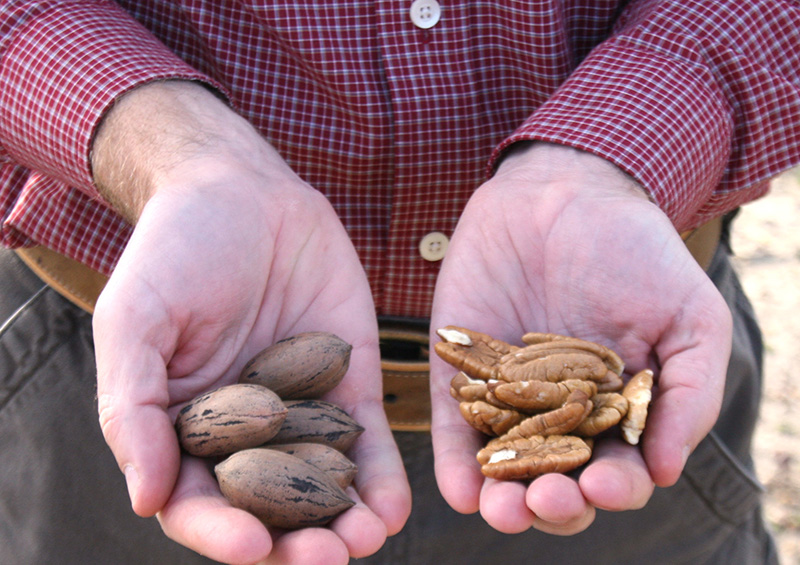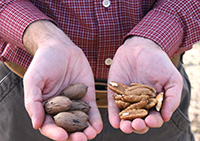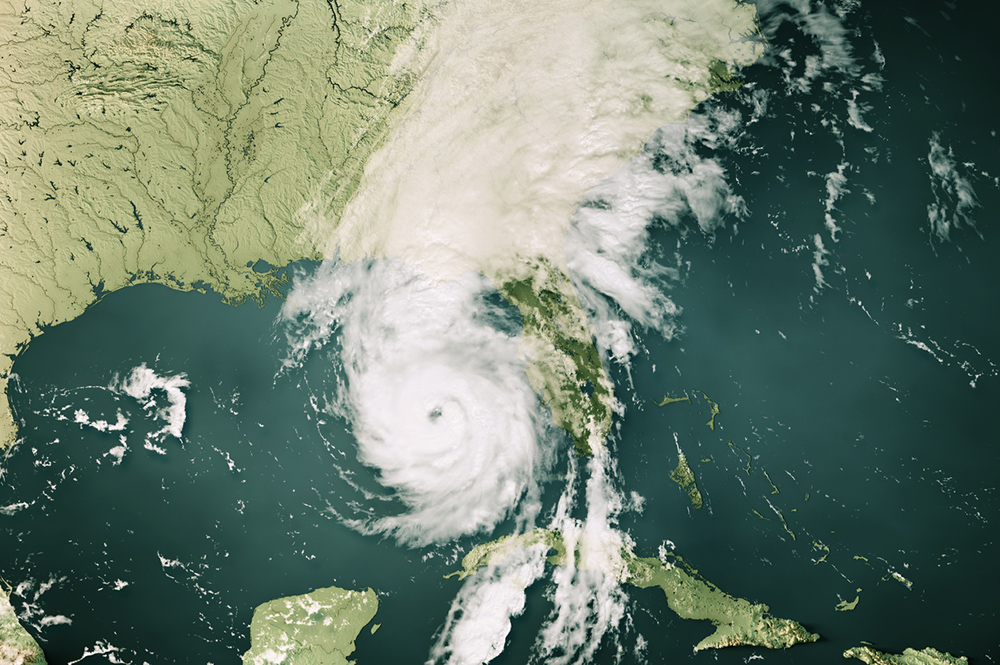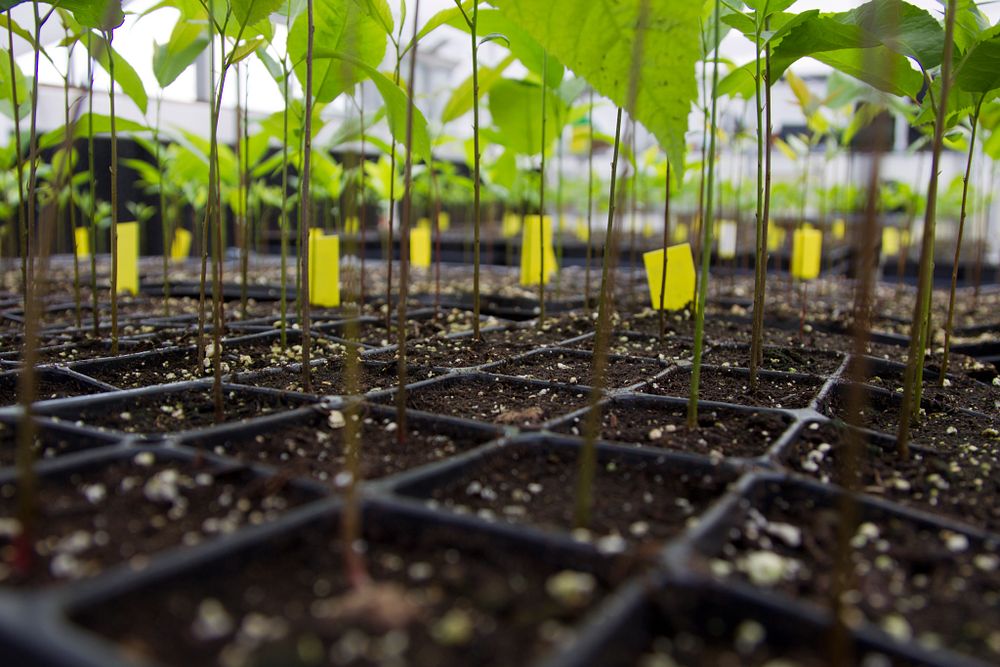The Southeast is in Hurricane Irma’s crosshairs, and Georgia pecan farmers are bracing for the hurricane’s potential impact on this year’s crop.
Pecans are typically harvested in Georgia from early fall to midfall. ‘Pawnee’ pecans are nearing harvest and should be ready for harvest next week. However, with Hurricane Irma’s strong winds topping 180 mph, many producers are worried about the winds’ effect on the crop and trees.
“Irma is on the mind of every pecan farmer out there right now. It’s tough because the crop is pretty much made. It’s there waiting to be harvested,” University of Georgia Cooperative Extension pecan specialist Lenny Wells said. “The forecasted path — coming straight up through the middle of Florida and up through the western part of Georgia — that puts everybody on the wrong side of the storm. We could have significant losses to our pecan crop.”
Wells said producers with ‘Pawnee’ pecans may be OK even if they’re blown to the ground, as long as the pecan trees are left standing. The nuts have reached full maturity and are already opening out of their shells. Farmers can harvest those pecans when the orchards are dry and the debris is cleaned up.
Wells and Georgia pecan producers are most concerned about other pecan varieties.
“When you talk about other varieties, you’re talking about the ones that are normally harvested anywhere from early-to-mid-October and so on. Most of those varieties — the ‘Desirables,’ the ‘Sumners,’ the ‘Stuarts,’ for instance — the kernels are filled out pretty well, but the nut is still maturing. That would be a terrible loss of a crop at that point because the crop’s done, the growers have done all they can do,” Wells said.
To make matters worse, this is expected to be a strong year for pecans in Georgia. Wells said that this year’s ‘Desirable’ pecan crop, one of the most popular varieties in Georgia, is one of the most productive crops he can remember. Unfortunately, pecan trees are also alternate bearing. If the trees produce a good crop one year, they are less likely to produce a similar result the following year.
“Think about how these trees have carried this crop this far. Then, if growers lose the crop to high winds just a few weeks before it is going to be harvested, and you’re talking about a heavy crop load, chances are it’s going to be a down year next year, too,” Wells said. “That would really devastate these farmers.”
“With the wind speeds we’re talking about, growers also have to be concerned about losing trees, which is a much more long-term loss,” Wells said.
He fears that, even with 40 to 50 mph winds, pecan trees may be vulnerable to breaking limbs or being blown over, and lots of nuts may be blown out of trees.








